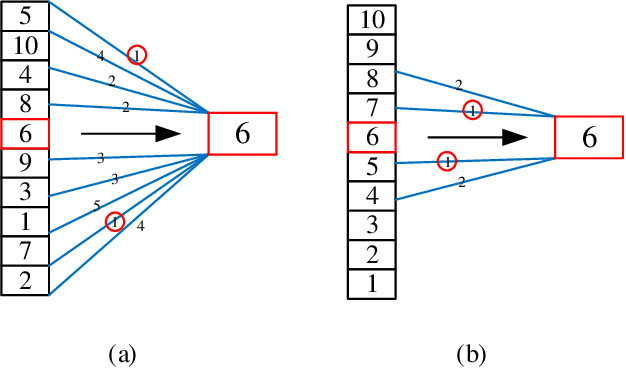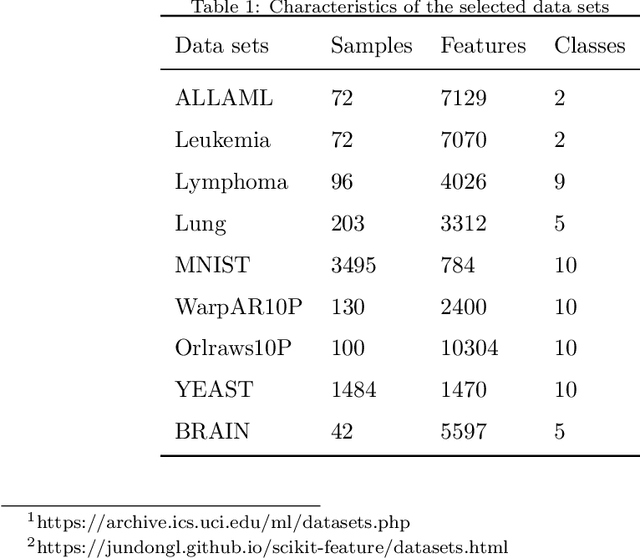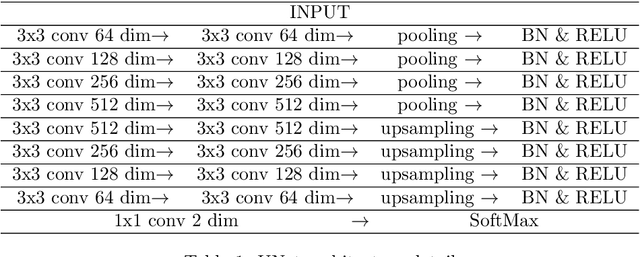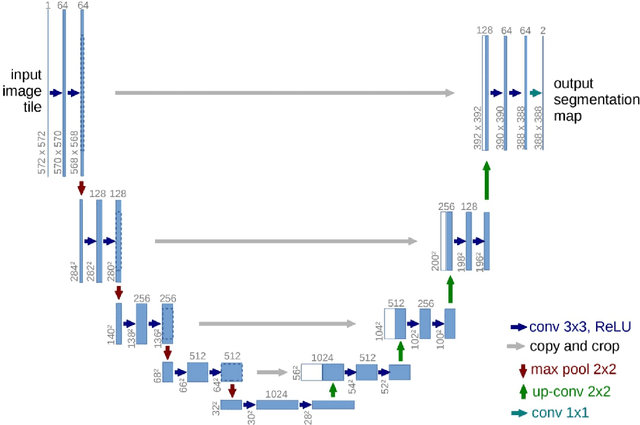Xin Hou
Compactness Score: A Fast Filter Method for Unsupervised Feature Selection
Jan 31, 2022



Abstract:For feature engineering, feature selection seems to be an important research content in which is anticipated to select "excellent" features from candidate ones. Different functions can be realized through feature selection, such as dimensionality reduction, model effect improvement, and model performance improvement. Along with the flourish of the information age, huge amounts of high-dimensional data are generated day by day, while we need to spare great efforts and time to label such data. Therefore, various algorithms are proposed to address such data, among which unsupervised feature selection has attracted tremendous interests. In many classification tasks, researchers found that data seem to be usually close to each other if they are from the same class; thus, local compactness is of great importance for the evaluation of a feature. In this manuscript, we propose a fast unsupervised feature selection method, named as, Compactness Score (CSUFS), to select desired features. To demonstrate the efficiency and accuracy, several data sets are chosen with intensive experiments being performed. Later, the effectiveness and superiority of our method are revealed through addressing clustering tasks. Here, the performance is indicated by several well-known evaluation metrics, while the efficiency is reflected by the corresponding running time. As revealed by the simulation results, our proposed algorithm seems to be more accurate and efficient compared with existing algorithms.
SolarNet: A Deep Learning Framework to Map Solar Power Plants In China From Satellite Imagery
Dec 10, 2019



Abstract:Renewable energy such as solar power is critical to fight the ever more serious climate change. China is the world leading installer of solar panel and numerous solar power plants were built. In this paper, we proposed a deep learning framework named SolarNet which is designed to perform semantic segmentation on large scale satellite imagery data to detect solar farms. SolarNet has successfully mapped 439 solar farms in China, covering near 2000 square kilometers, equivalent to the size of whole Shenzhen city or two and a half of New York city. To the best of our knowledge, it is the first time that we used deep learning to reveal the locations and sizes of solar farms in China, which could provide insights for solar power companies, market analysts and the government.
 Add to Chrome
Add to Chrome Add to Firefox
Add to Firefox Add to Edge
Add to Edge